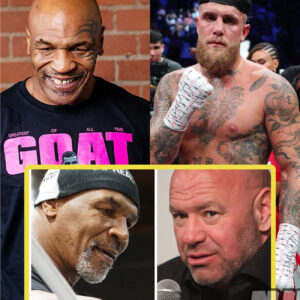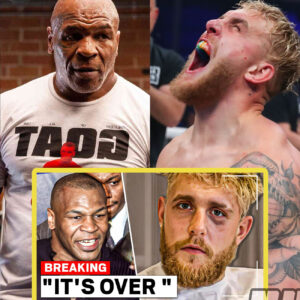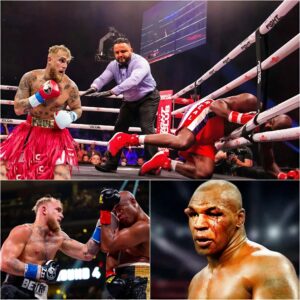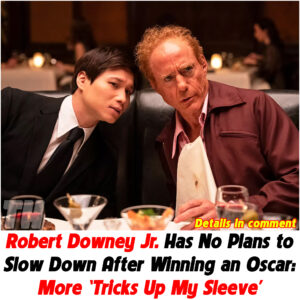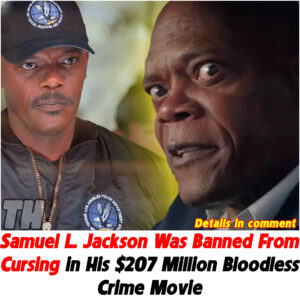**Mike Tyson: The Rise of the Youngest Heavyweight Champion in History**
Mike Tyson, a name synonymous with raw power and unrelenting aggression, took the boxing world by storm in the 1980s and 1990s. With an explosive career spanning two decades, Tyson compiled an impressive record of 50 wins, with 44 coming by way of knockout.
Standing at just 5 feet 10 inches, Tyson made up for his lack of height with extraordinary speed and devastating power, earning him the title of one of the greatest fighters of all time.

### Early Career and Professional Debut
On March 6, 1985, an 18-year-old Tyson made his professional debut against Hector Mercedes.
The bout, scheduled for four rounds, showcased Tyson’s aggressive style as he charged from the opening bell, ending the fight in the first round. This explosive debut set the stage for a series of knockouts that would define Tyson’s early career.
### The Knockout Streak
In his second professional bout, Tyson faced journeyman Trent Singleton. Tyson’s dominance was evident as he dropped Singleton twice in the opening minute before securing a knockout victory. Tyson’s power and speed were on full display, establishing him as a formidable force in the heavyweight division.
Tyson’s third fight saw him against Don Halpen, an experienced boxer with a record of 10 wins and 18 losses.
Halpen managed to take Tyson beyond the first round for the first time in his career but ultimately succumbed to Tyson’s brutal punches in the fourth round. This fight marked the beginning of Tyson’s reputation for his unrelenting aggression and knockout power.
Against Ricardo Spain, Tyson continued his knockout streak, needing just one round to dismantle his opponent. This fight highlighted Tyson’s ability to end bouts swiftly, often within the first few minutes. Tyson’s relentless pursuit of victory left his opponents with little chance to mount a defense.
### Rising Through the Ranks
By the time Tyson faced Michael Johnson, he had already established a pattern of early knockouts. Johnson was no exception, as Tyson knocked him out with a brutal punch in the first round, a blow so powerful it reportedly knocked out one of Johnson’s teeth.
Following a series of quick knockouts, Tyson faced Robert Colay in his first scheduled eight-round bout. To the surprise of many, Tyson needed only 37 seconds to stop Colay with a single punch, marking one of the fastest knockouts in his career.
In November 1985, Tyson faced Sterling Benjamin just days before the death of his trainer, Cus D’Amato. Despite the emotional turmoil, Tyson displayed his trademark power, needing only 54 seconds to stop Benjamin.
### Tragedy and Triumph
Nine days after D’Amato’s death, Tyson fought Eddie Richardson. Standing at 6 feet 6 inches, Richardson towered over Tyson but was floored by the first punch Tyson threw. Richardson managed to get back on his feet but was eventually knocked out by another powerful punch.
As Tyson continued his knockout spree, he faced more experienced opponents, including Conroy Nelson and Sammy Scaff. Both fighters fell victim to Tyson’s relentless power, with Scaff’s bout ending in a brutal first-round knockout that left his nose bloodied.
Tyson’s pace remained unrelenting, fighting a total of 15 times in his first year as a professional. His 15th opponent, Mark Young, attempted to counter Tyson’s aggression with awkward punches but was quickly overwhelmed and knocked out in the first round.
### Climbing the Heavyweight Ladder
In 1986, Tyson’s opponents grew increasingly challenging. David Jaco, known for his knockout victory over Donovan Ruddock, was expected to give Tyson a tough fight. However, Jaco was no match for Tyson, who knocked him down three times in the first round before the referee stopped the fight.
Mike Jameson, another experienced opponent, managed to survive until the fifth round by clinching and avoiding Tyson’s punches. However, Tyson’s relentless pressure eventually led to a TKO victory in the fifth round.
Tyson’s bout against Jesse Ferguson marked a significant step in his career. Despite Ferguson’s resilience, Tyson’s relentless power proved too much, leading to a stoppage in the sixth round. Tyson’s victory over Ferguson solidified his reputation as a top contender in the heavyweight division.
### The Road to the Title
As Tyson moved up the ranks, he faced tougher opponents like Steve Zouski and Reggie Gross. Zouski managed to last until the third round before Tyson knocked him out, while Gross, despite landing some clean shots, was overwhelmed and knocked out in the first round.
Tyson’s rise continued as he faced Lorenzo Boyd, who, despite breaking his nose from the first punch, managed to survive the first round. However, Tyson’s relentless attack led to a knockout in the second round.
In July 1986, Tyson faced Marvis Frazier, son of the legendary Joe Frazier. Tyson demolished Frazier in only 30 seconds, establishing himself as one of the most fearsome heavyweights in the sport.
### World Heavyweight Champion
On November 22, 1986, Tyson got his first shot at a world title against Trevor Berbick for the WBC heavyweight title. Despite Berbick’s height and reach advantage, Tyson dominated the fight from the start, battering Berbick with hard shots.
Berbick barely survived the opening round, and in the second round, Tyson floored him twice, the second knockdown ending the fight. At 20 years old, Tyson became the youngest heavyweight champion in history.
### Legacy
Mike Tyson’s early career was characterized by his devastating power and unrelenting aggression, qualities that earned him the moniker “Iron Mike.”
His rise from a troubled youth to the youngest heavyweight champion is a testament to his skill and determination. Tyson’s knockout victories remain some of the most memorable moments in boxing history, solidifying his legacy as one of the sport’s greatest fighters.
News
(VIDEO) Dana White REACTS to Mike Tyson vs Jake Paul POSTPONED FIGHT
**Anderson Silva and Chael Sonnen: From Boxing Match to Hall of Fame Induction** In an unexpected turn of events, former MMA rivals Anderson Silva and Chael Sonnen…
(VIDEO) Mike Tyson Just ANNIHILATED Jake Paul And WARNED To FINISH Him!
**Iron Mike vs. The Problem Child: The Showdown of Eras** The boxing world is abuzz with the upcoming clash between two unlikely adversaries: the legendary Mike Tyson…
(VIDEO) MIKE TYSON SCARY NEW FOOTAGE!👀(FULL TRAINING) Mayweather, Lennox & Joe Rogan WORRIED for JAKE PAUL??
### Mike Tyson vs. Jake Paul: The Fight That Never Was The world of boxing thrives on spectacle, and few events captured the public’s imagination like the…
(VIDEO) Joe Rogan Just RIPPED Jake Paul After He Quit Mike Tyson Fight
### Jake Paul vs. Mike Tyson: The Fight That Never Was In a world where spectacle often triumphs over substance, Jake Paul’s announcement to fight Mike Tyson…
(VIDEO) Floyd Mayweather Just WARNED Jake Paul To CANCEL Might Tyson Fight
### Jake Paul vs. Mike Tyson: The Looming Showdown and Floyd Mayweather’s Dire Warning In the ever-dramatic world of boxing, a potential clash between social media sensation…
(VIDEO) Joe Rogan Just EXPOSED Jake Paul With LEAKED Audio Files For BRIBING The Referee
In an unexpected twist, a leaked video has surfaced showing a private match between Jake Paul and Mike Tyson, revealing that Paul had to pay approximately $100…
End of content
No more pages to load
